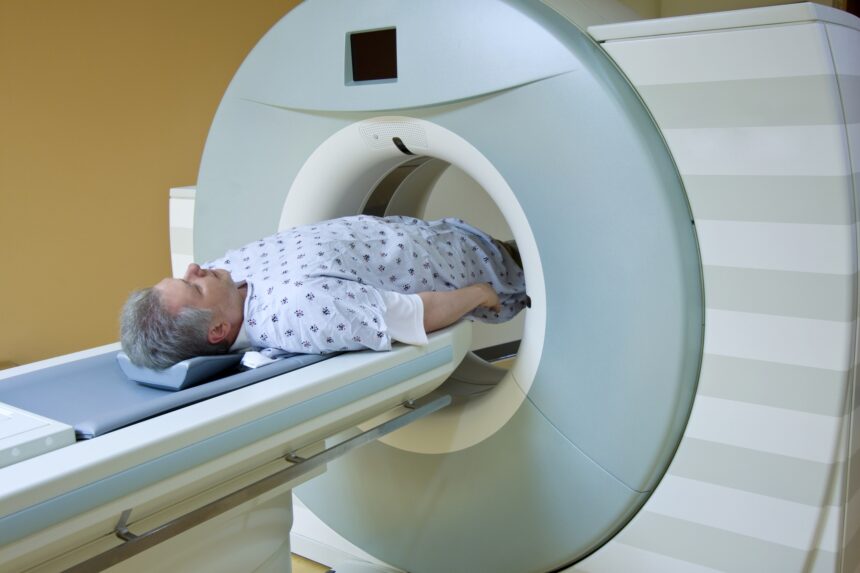
High PSMA-PET and PI-RADS scores may be able to distinguish clinically significant prostate cancer from BPH-related false-positives and clinically insignificant prostate cancer. Source: Getty Images
Combining PSMA-PET and mpMRI results to diagnose clinically significant prostate cancer while excluding benign prostatic hyperplasia might be feasible, but false positives remain a concern.
“For PSMA-PET, the expression of PSMA in benign prostatic hyperplasia (BPH) tissue and its related positive reaction, which can reduce the specificity of diagnosis, are the crucial concerns affecting the imaging diagnosis of [prostate cancer], as well as the feasibility of biopsy-free [radical prostatectomy],” according to Yi Cai, PhD, of the National Clinical Research Center for Geriatric Disorders, Xiangya Hospital, Central South University, in Changsha City, China, and colleagues.
The investigators analyzed 68Ga-PSMA-PET results from 89 patients with BPH and 94 patients with prostate cancer, all confirmed by biopsy. Of the 89 BPH cases, 27 were considered PSMA-PET-positive with PET scores of 3-5. The BPH-related false-positive rate of PSMA-PET in the detection of prostate cancer was 30%, Dr Cai’s team reported in The Journal of Urology.
Maximum standardized uptake value distinguished BPH and Grade Group 1 prostate cancer from clinically significant prostate cancer with an area under the curve of 0.86. The optimal maximum standardized uptake value (SUVmax) at 100% specificity was 15, with 41% sensitivity. Using stringent PSMA-PET and PI-RADS criteria (both with score of 4 or higher) resulted in 49% sensitivity and 100% specificity for diagnosing clinically significant prostate cancer.
Combining PSMA-PET with mpMRI for prostate cancer diagnosis still yielded a 13% BPH-related false-positive rate, the investigators reported.
The authors concluded that using an SUVmax value of 15 or stringent PET score and PI-RADS (both ≥4) can effectively exclude positive BPH and clinically insignificant prostate cancer with a specificity of 100%.
These preliminary results suggest the feasibility of using this standard for biopsy-free radical prostatectomy but further validation is needed, according to the investigators.
“Currently, biopsy-free RP is still in its infant stage and its application must be approached with great caution.”
Reference
Tang W, Tang Y, Qi L, Zhang Y, Tang G, Gao X, Hu S, Cai Y. Benign prostatic hyperplasia-related false-positive of prostate-specific membrane antigen-positron emission tomography in the diagnosis of prostate cancer: The Achilles’ heel of biopsy-free radical prostatectomy? J Urol. doi:10.1097/JU.0000000000003680